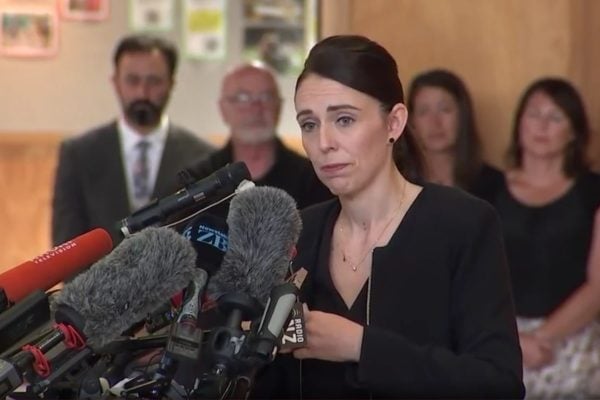
— With AAP.
1. Coroner hears from William Tyrrell’s tearful foster mother during inquest.
William Tyrrell’s foster mother has cried while telling a NSW coroner of the moment she recalled seeing two cars parked on a nearby road the morning he disappeared.
“My heart just sank because I just thought those two cars were there for both of them,” she said on Monday, referring to the three-year-old boy and his sister.
The woman told day one of the Sydney inquest into William’s disappearance and suspected death she recalled the white and gunmetal grey vehicles with tinted windows in the days after he went missing in September 2014.
The family had been visiting his foster grandmother’s house in Kendall on the NSW mid north coast.
Counsel assisting the coroner, Gerard Craddock SC, asked why the cars weren’t mentioned in her original statement.
“I didn’t even think about it because I saw the cars, walked back inside and got swept up in the emotions of getting everybody ready for the day and then with William missing it went right out of my brain,” she replied.
The woman also wept when she recalled seeing a third vehicle that morning – a green or teal-looking car which reversed in a neighbouring driveway and drove off.
She said the driver was “a big man” in his late 50s who was Caucasian, had “sandy, reddy-coloured hair”, a “thick neck” and looked “weathered”.
They exchanged a fleeting “Why are you watching me? I’m watching you” glance, she said.































































































